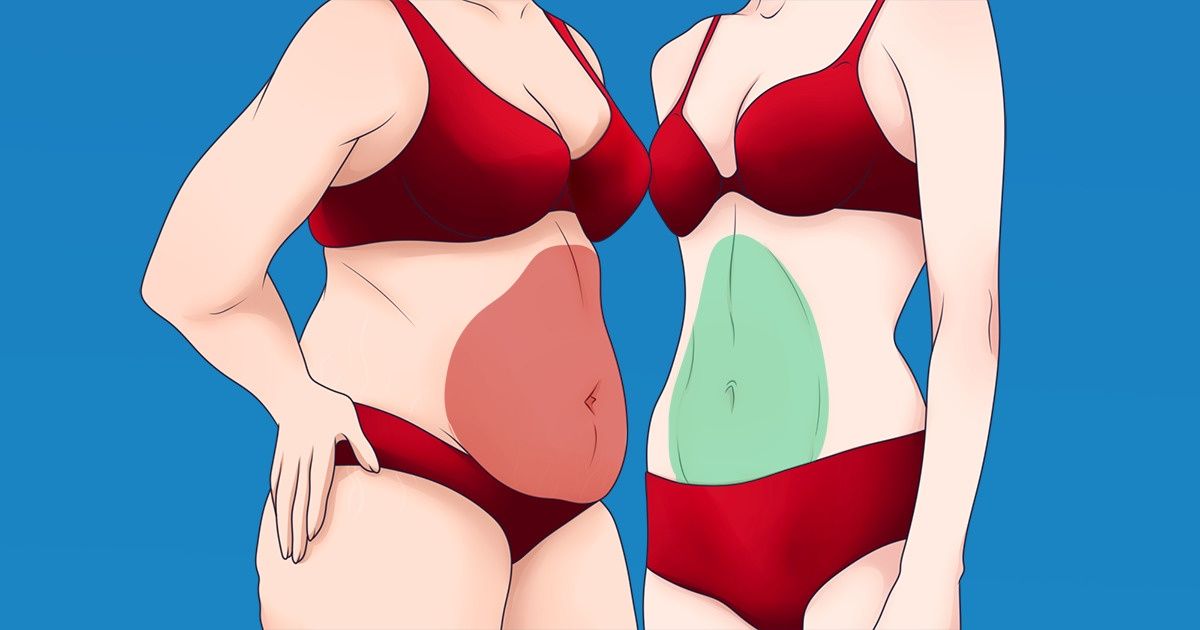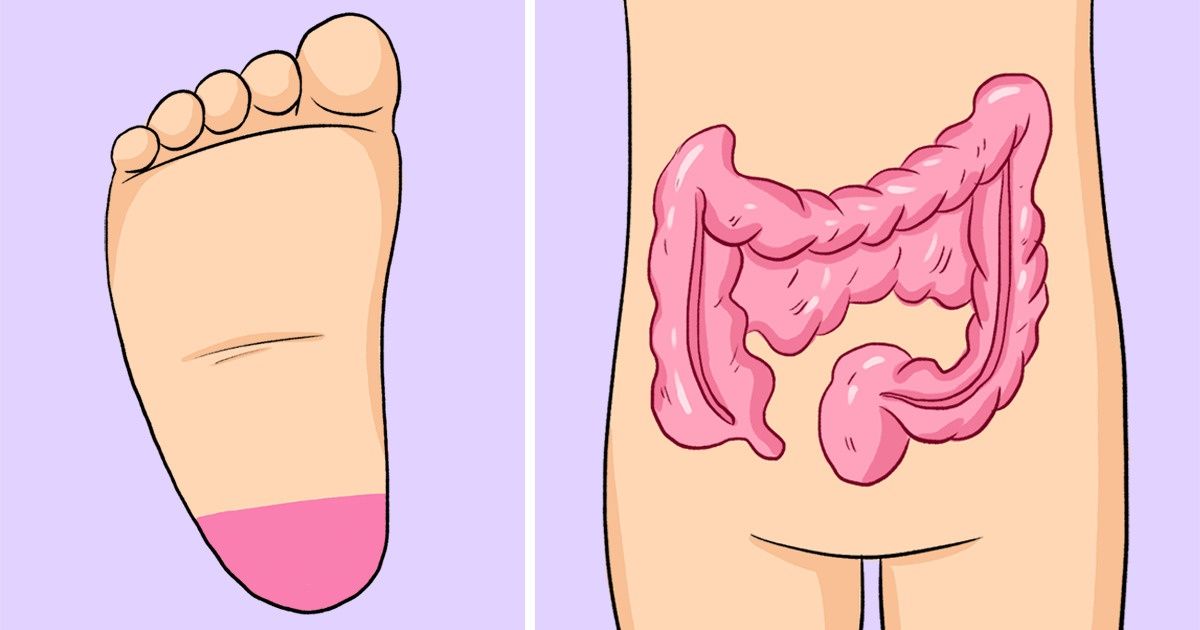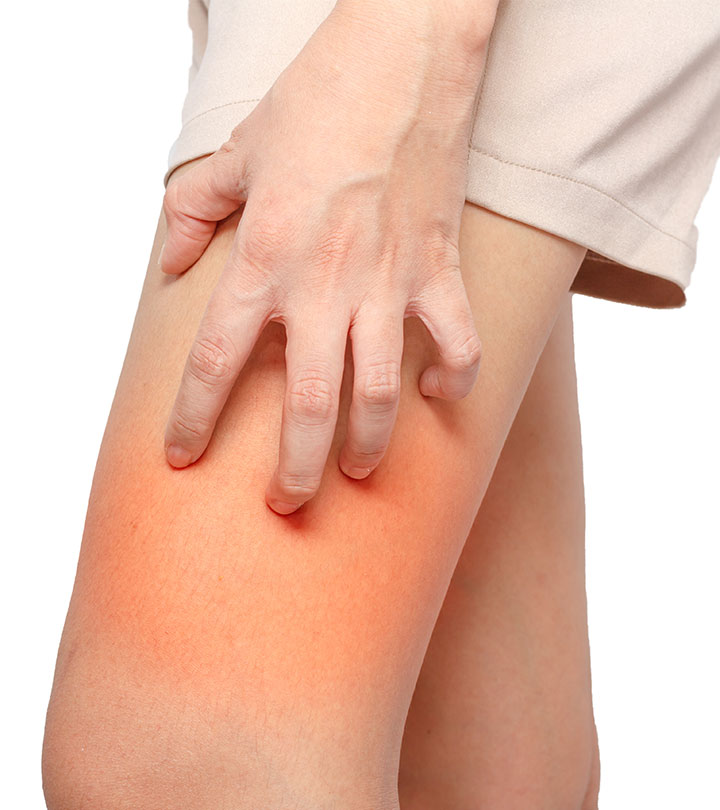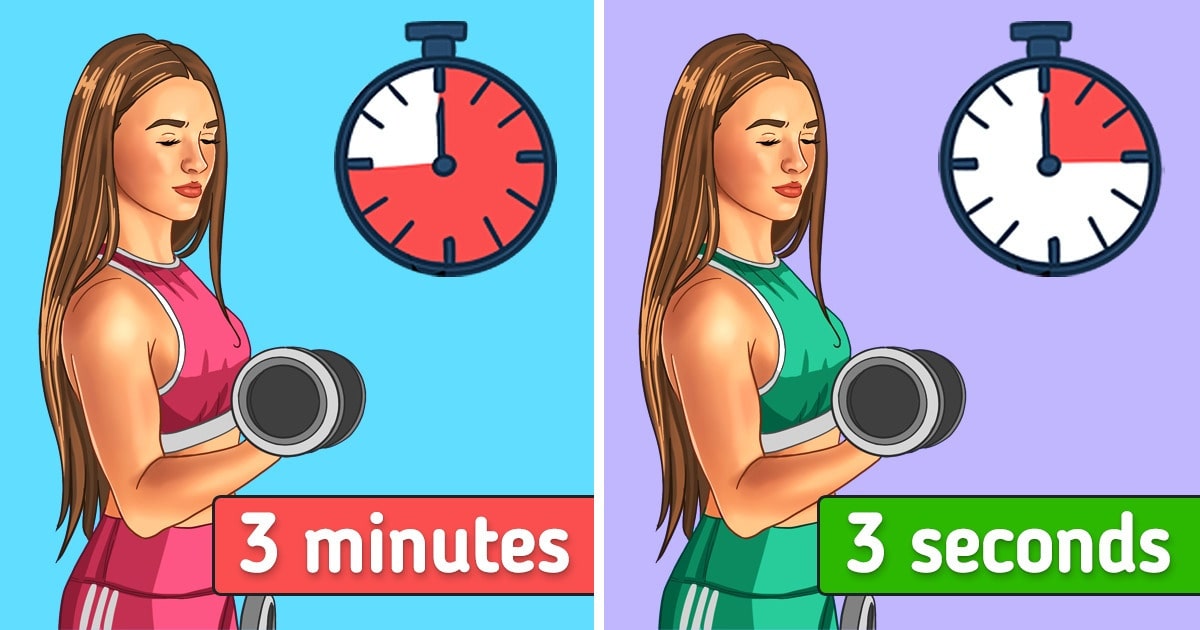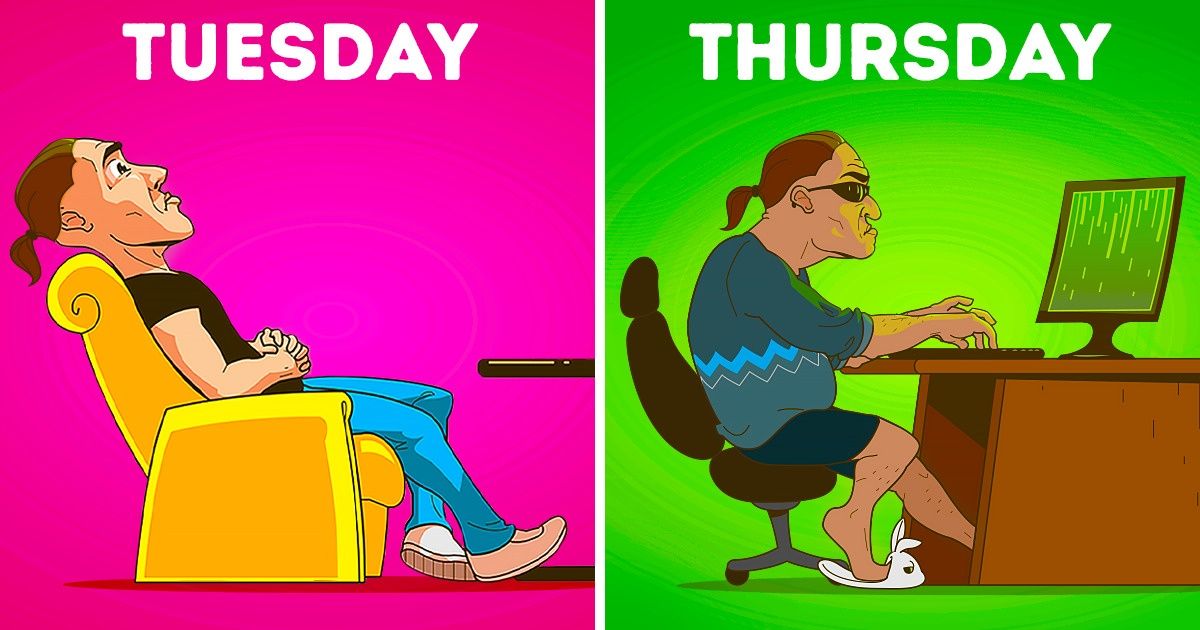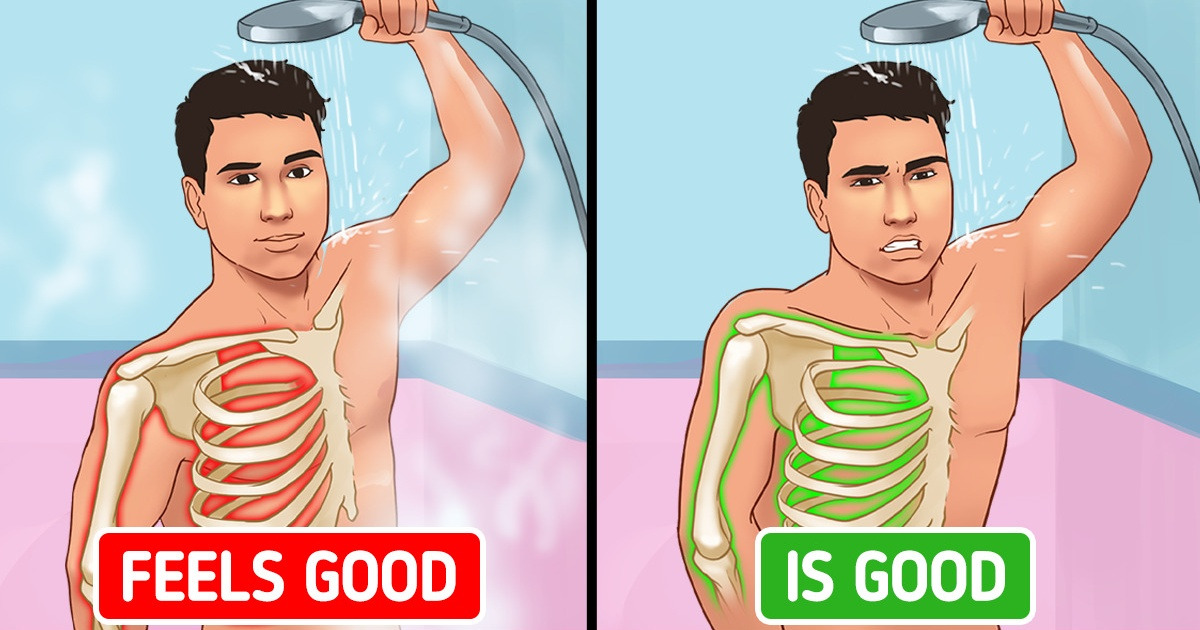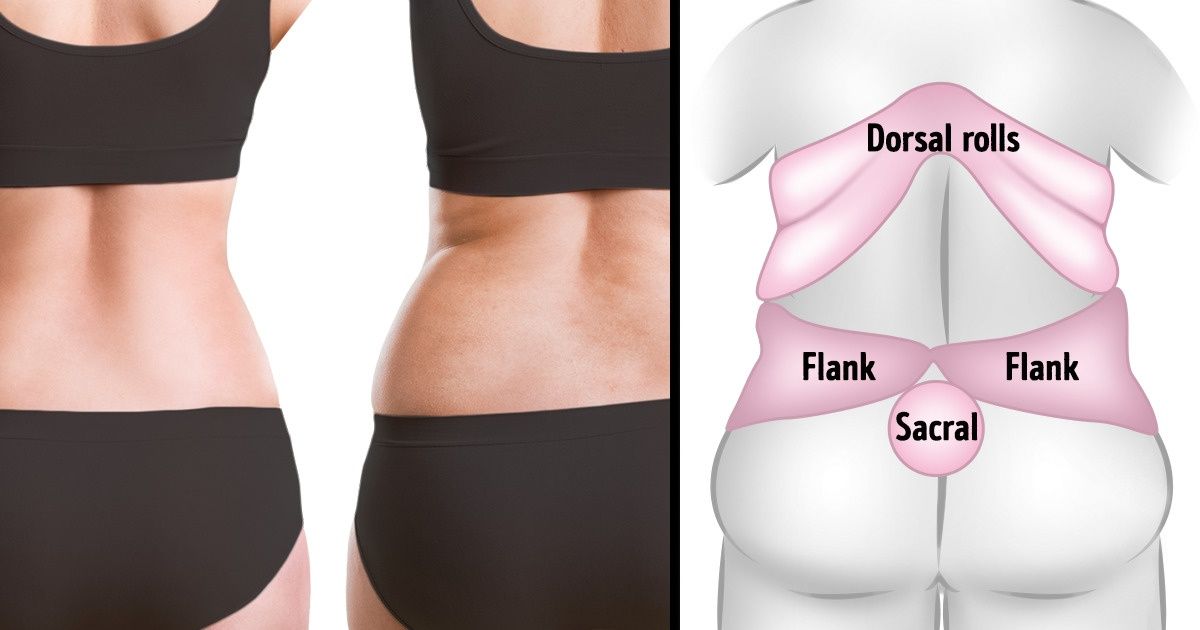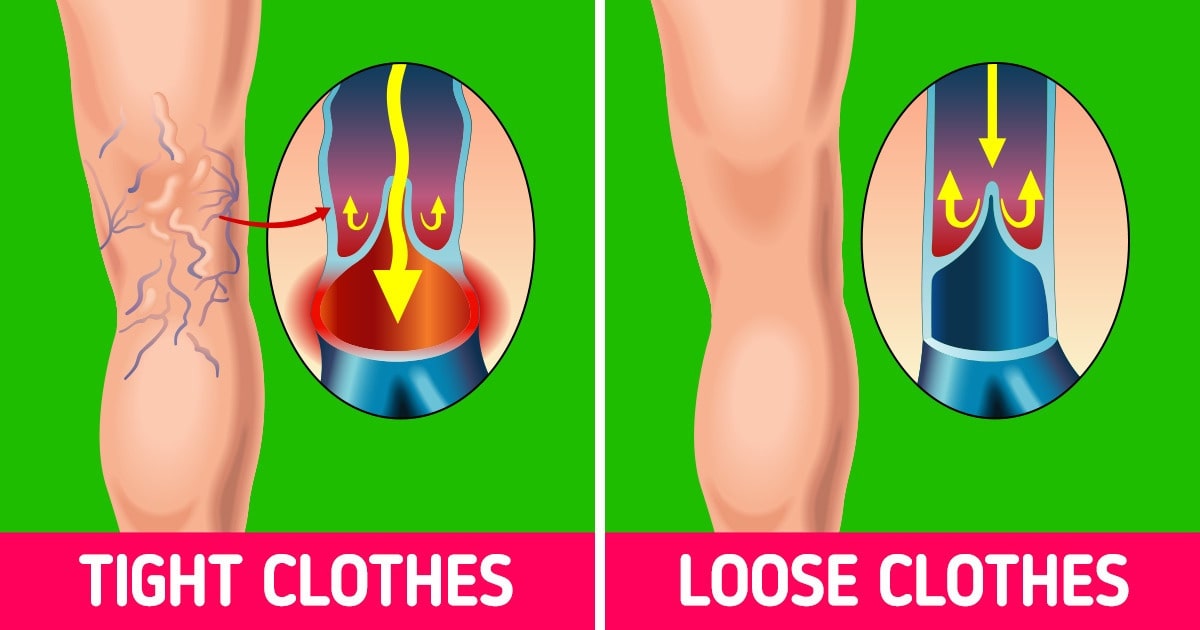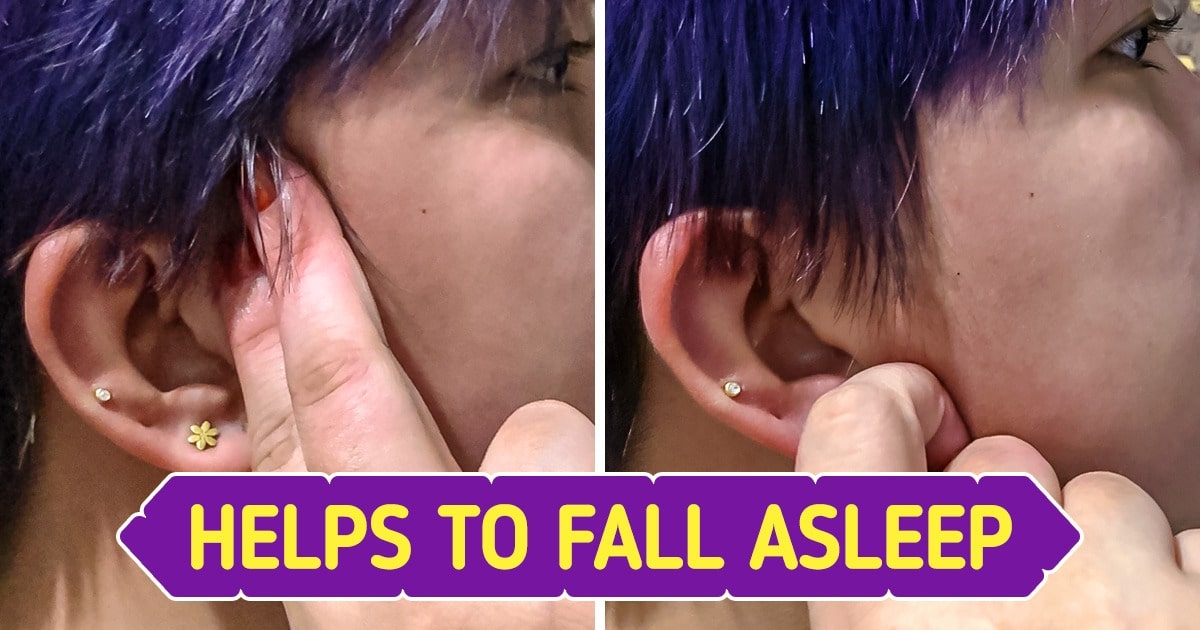Walking barefoot might seem like a natural and comfortable choice, especially in the privacy of your home. However, the decision to forgo shoes indoors can come with several health risks that you may not have considered. In this comprehensive guide, we will explore why you should avoid walking around barefoot at home, highlighting the dangers such as exposure to bacteria, damage from hard surfaces, increased risk of injuries, potential back pain, and even the problem of smelly feet. With the latest health and safety insights, backed by expert advice and credible external sources, you’ll understand the importance of proper foot care and the benefits of wearing appropriate footwear indoors.
Dangers of Walking Barefoot
Your Feet Are More Exposed To Bacteria: Understanding the Hidden Dangers
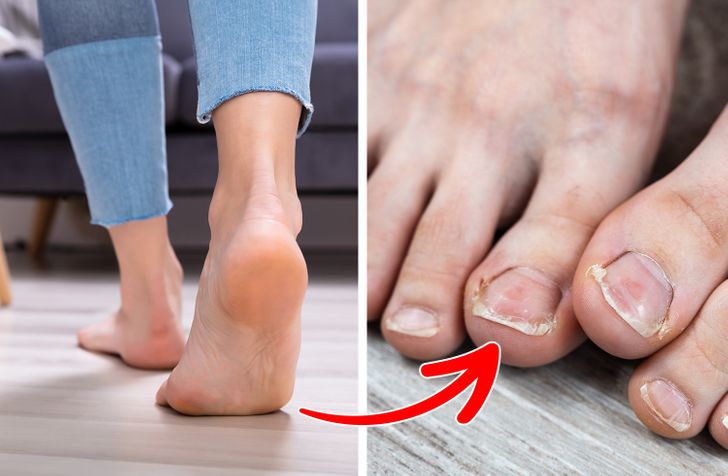
Your feet serve as the foundation of your body, yet they are often neglected when it comes to hygiene and protection. Walking barefoot, even at home, exposes your feet to bacteria, fungi, and other pathogens that can lead to infections.
Why Bacteria is a Concern:
Unseen Contaminants: Even in a clean home, dust, pet dander, and dirt can accumulate on floors. These contaminants often carry bacteria such as Staphylococcus aureus and E. coli, which can enter the skin through tiny cuts or abrasions.
Fungal Infections: Bare feet are more susceptible to fungal infections like athlete’s foot, which thrive in warm, moist environments. Studies have shown that common household floors can harbor fungus spores that multiply quickly under the right conditions.
Cross-Contamination Risks: When you walk barefoot, you risk transferring germs from one area of your home to another, potentially compromising not just your foot health but your overall well-being.
For example, WebMD emphasizes the importance of protecting your feet to prevent common infections like athlete’s foot. By wearing clean, supportive footwear indoors, you significantly reduce your exposure to these harmful microorganisms and safeguard your overall health.
Taking proactive steps to maintain proper foot hygiene is crucial. Regularly cleaning your floors, disinfecting high-touch areas, and ensuring that any cuts or blisters on your feet are properly treated can help minimize the risk of infection. Moreover, choosing to wear comfortable house shoes or slippers provides a protective barrier between your feet and potential contaminants.
Hard Surfaces Aren’t Good For Your Feet: The Impact of Firm Flooring on Foot Health
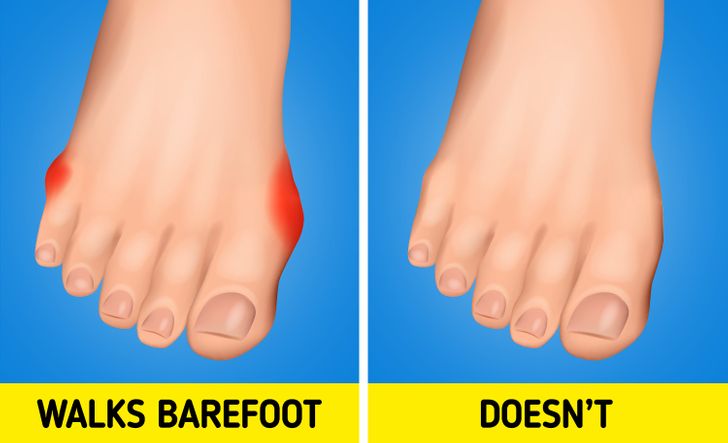
While many people appreciate the natural feel of hard surfaces like wood, tile, or laminate flooring, these surfaces may not always be gentle on your feet. Prolonged exposure to hard floors without any cushioning can lead to a variety of foot-related issues.
Consequences of Walking on Hard Surfaces:
Lack of Shock Absorption: Hard surfaces offer little to no shock absorption, meaning that each step you take can create micro-traumas in the foot’s soft tissues. Over time, these repeated impacts can lead to discomfort and chronic pain.
Increased Pressure on Foot Arches: Without proper cushioning, the arches of your feet absorb most of the impact from walking. This increased pressure can result in conditions like plantar fasciitis, which is characterized by severe pain and inflammation in the heel and arch.
Long-Term Wear and Tear: Continuous contact with hard surfaces can cause joint stress and wear down the natural padding in your feet, making them more susceptible to injury and pain.
According to the American Podiatric Medical Association, maintaining proper foot support is crucial for preventing common ailments such as heel pain and arch strain. Experts recommend using cushioned slippers or indoor shoes that provide adequate arch support and shock absorption.
Investing in quality indoor footwear not only protects your feet but also promotes overall foot comfort and health. Look for products that offer ergonomic designs and padded soles, and consider consulting a podiatrist if you experience persistent foot pain. By addressing the impact of hard surfaces on your feet, you can prevent long-term damage and improve your quality of life.
It May Lead To Injuries: The Hidden Risk of Accidents When Walking Barefoot
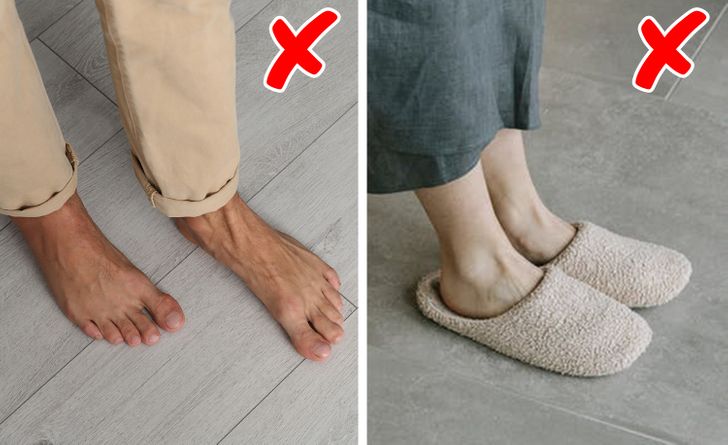
Walking barefoot at home might feel liberating, but it comes with a hidden risk: the increased likelihood of injuries. Even in a familiar environment, accidents can happen, and the lack of proper footwear can make these incidents more severe.
Potential Injuries When Walking Barefoot:
Cuts and Scrapes: Bare feet are highly vulnerable to sharp objects such as broken glass, small toys, or even accidental spills. A minor cut can quickly become infected if bacteria are introduced, leading to serious complications.
Puncture Wounds: Stepping on objects like nails, pins, or even sharp kitchen utensils can cause puncture wounds that may require medical attention. These injuries can be particularly dangerous if they penetrate deep into the skin.
Bruises and Fractures: Without the protective layer of shoes, even a simple misstep can result in bruises, sprains, or even fractures. This risk is heightened for individuals with conditions such as osteoporosis, where bones are more fragile and susceptible to breakage.
The Mayo Clinic advises that proper footwear is essential in reducing the risk of foot injuries, especially in environments where hazards are present. Wearing shoes indoors not only protects your feet from accidental cuts and bruises but also provides additional support and stability, reducing the chances of falls.
Accidents can happen unexpectedly, and even a small injury may lead to long-term complications if not treated promptly. By choosing to wear protective footwear indoors, you create a safer environment that minimizes the risk of injuries. This simple habit can save you from the discomfort and potential medical costs associated with untreated foot injuries.
It Might Hurt Your Back: How Barefoot Walking Can Contribute to Back Pain
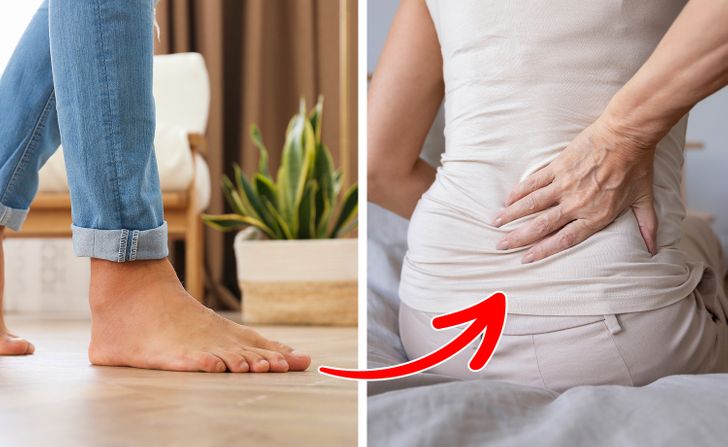
While the primary focus is often on foot health, walking barefoot can also have a significant impact on your back. The connection between foot mechanics and back health is well established, and improper foot support can lead to a cascade of issues affecting your spine.
The Link Between Barefoot Walking and Back Pain:
Poor Foot Alignment: Shoes with proper arch support help maintain correct foot alignment. When you walk barefoot, especially on hard surfaces, your feet may overpronate (roll inward) or supinate (roll outward), leading to misalignment. This imbalance can translate upward, affecting your knees, hips, and lower back.
Lack of Shock Absorption: As mentioned earlier, hard surfaces offer minimal shock absorption. Without the cushioning provided by shoes, the impact from each step is transferred to your joints and spine. Over time, this repetitive impact can contribute to chronic lower back pain.
Compensatory Posture Changes: When your feet lack support, your body may adopt compensatory postures to maintain balance. These postural adjustments can strain your muscles and ligaments, leading to tension and discomfort in your back.
According to research published by Harvard Health Publishing, maintaining proper alignment and support is crucial for preventing and managing back pain. Wearing shoes that offer good arch support and cushioning can help keep your spine properly aligned, reducing the risk of chronic back issues.
To protect your back, consider investing in indoor footwear that is specifically designed to support proper posture and alignment. Additionally, incorporating exercises that strengthen your core and improve flexibility can further help alleviate back pain. By taking a holistic approach to foot and back health, you can significantly reduce the risk of discomfort and long-term injury.
It May Cause Smelly Feet: The Unpleasant Side Effect of Walking Barefoot
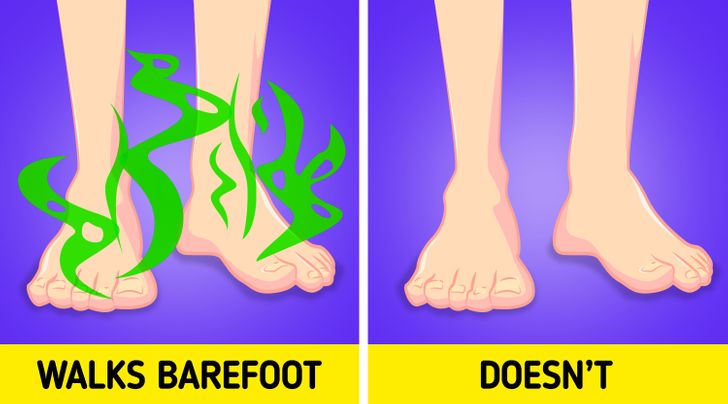
An often-overlooked consequence of walking barefoot is the potential for developing smelly feet. Foot odor is not only embarrassing but can also be indicative of underlying hygiene issues and bacterial overgrowth.
Understanding Foot Odor and Its Causes:
Sweat and Bacteria: Feet have more sweat glands than any other part of the body. When you walk barefoot, sweat can accumulate and mix with bacteria, leading to a foul odor. This is particularly true if you have a condition like hyperhidrosis, which causes excessive sweating.
Lack of Ventilation: Shoes are designed to provide a barrier against environmental contaminants, but they also offer ventilation. Walking barefoot on carpets or in poorly ventilated areas can create an environment where bacteria thrive, exacerbating foot odor.
Inadequate Foot Care: Regular washing and proper foot hygiene are essential to prevent odor. However, when you walk barefoot, especially in communal areas, you risk picking up bacteria that can contribute to unpleasant smells.
Experts from The American Academy of Dermatology recommend washing your feet thoroughly with antibacterial soap and drying them completely to prevent odor. Additionally, using foot powders or sprays can help control moisture and reduce bacterial growth.
To combat smelly feet, consider establishing a rigorous foot care routine that includes daily washing, proper drying, and the use of antibacterial products. Wearing clean socks and supportive footwear indoors can also help minimize the buildup of sweat and bacteria, ensuring that your feet remain fresh and odor-free throughout the day.
Additional Tips for Optimal Foot Health and Home Safety
Creating a safe and healthy home environment extends beyond simply choosing the right footwear. Incorporating additional practices into your daily routine can further protect your feet and overall health:
Regular Foot Inspections: Check your feet daily for any signs of cuts, abrasions, or fungal infections. Early detection can prevent minor issues from becoming serious.
Maintain Clean Floors: Keeping your home clean, especially high-traffic areas, minimizes the presence of bacteria, dust, and allergens that can affect your foot health.
Invest in Quality Indoor Footwear: Look for shoes or slippers that offer arch support, cushioning, and a non-slip sole. These features help reduce the risk of injuries and maintain proper posture.
Stay Hydrated and Eat Nutritious Foods: Overall health is interconnected. A balanced diet rich in vitamins and minerals supports skin integrity and wound healing, while proper hydration helps maintain muscle and joint function.
Exercise Regularly: Incorporate exercises that strengthen your feet, legs, and core. Yoga, pilates, and balance training can improve stability and reduce the risk of falls and injuries.
Consult Professionals: If you experience persistent foot pain, back issues, or recurring infections, consult a podiatrist or healthcare provider for personalized advice and treatment.
These additional tips reinforce the importance of holistic care for your feet and body, ensuring that you remain active, healthy, and protected from preventable injuries.
Conclusion: Prioritize Foot Protection for a Healthier, Safer Home
Walking barefoot at home may seem like a harmless habit, but the potential health risks far outweigh the benefits. From exposing your feet to harmful bacteria and increasing the risk of injuries, to contributing to back pain and unpleasant foot odor, the consequences of going without proper footwear are significant. By understanding these risks and taking proactive steps to protect your feet, you can create a safer and healthier living environment.
Investing in quality indoor footwear, maintaining good hygiene, and following expert advice from credible sources like Mayo Clinic, Harvard Health Publishing, and The American Academy of Dermatology will go a long way in preventing common foot and back issues. Remember, your feet are the foundation of your body, and taking care of them is essential for overall health and wellness.
Adopt these practical measures today and experience the benefits of a healthier, more protected lifestyle. By prioritizing foot care and home safety, you not only reduce the risk of infections and injuries but also set the stage for improved posture, reduced back pain, and enhanced overall well-being. Your health is worth investing in—start protecting your feet, and in turn, protect your future.
Preview photo credit Shutterstock.com
